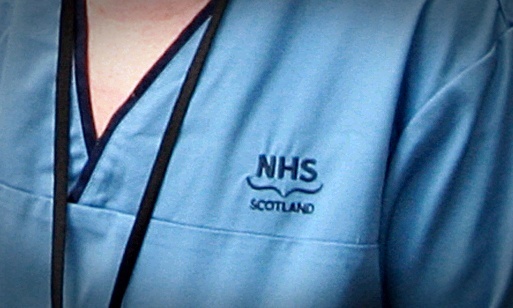The number of nursing and midwifery vacancies in Tayside and Fife has almost doubled in the past five years, new figures have revealed.
Analysis from Scottish Labour shows that since 2011 the number of unfilled posts nationwide has increased from 661.9 to 2,525.5 – a 281% increase.
Locally, those have gone up from 68.5 to 171.4 in Tayside and from 47.1 to 87.4 in Fife.
Anas Sarwar, Labour’s health spokesman, said: “After a decade of division, the SNP has delivered a staffing crisis in our NHS. The number of unfilled posts for nurses and midwives has rocketed. SNP ministers are in complete denial about the fact that our health service does not have the staff it needs to deliver the care patients deserve.”
He added: “This is the result of ten years of SNP mismanagement of our health service. The Nationalists slashed training places for nurses and midwives and cut funding for medical students and now our health service is feeling the pressure.”
The number of long term vacancies – posts going unfilled for more than three months – has increased by an even greater rate, going from 181.2 to 736.6.
This represents a more than 300% increase since 2011, when the SNP formed a majority government.
In Fife, the long term vacancy rates have more than halved over the same period, from 47.1 to 19.5.
They have increased by tenfold in Tayside, however, from just 3.4 in 2011 to 38.5 in December last year.
Health Secretary Shona Robison said: “There are more qualified nurses and midwives working in Scotland’s health service than ever before.
“Under this government, numbers have increased by 6.8% to more than 43,800 whole time equivalent. An organisation of this size will always carry some vacancies, and any fluctuation in nursing staff levels is due to our efforts to expand capacity by recruiting more staff. In January of this year we announced a 4.7% increase in intakes to pre-registration Nursing and Midwifery training programmes for 2017/18.
“This is the fifth successive rise and equates to 3,360 entry places.
“This spring we will publish a new National Health and Social Care Workforce Plan. This will set out the workforce we will need in the future, and how we will achieve it.”
